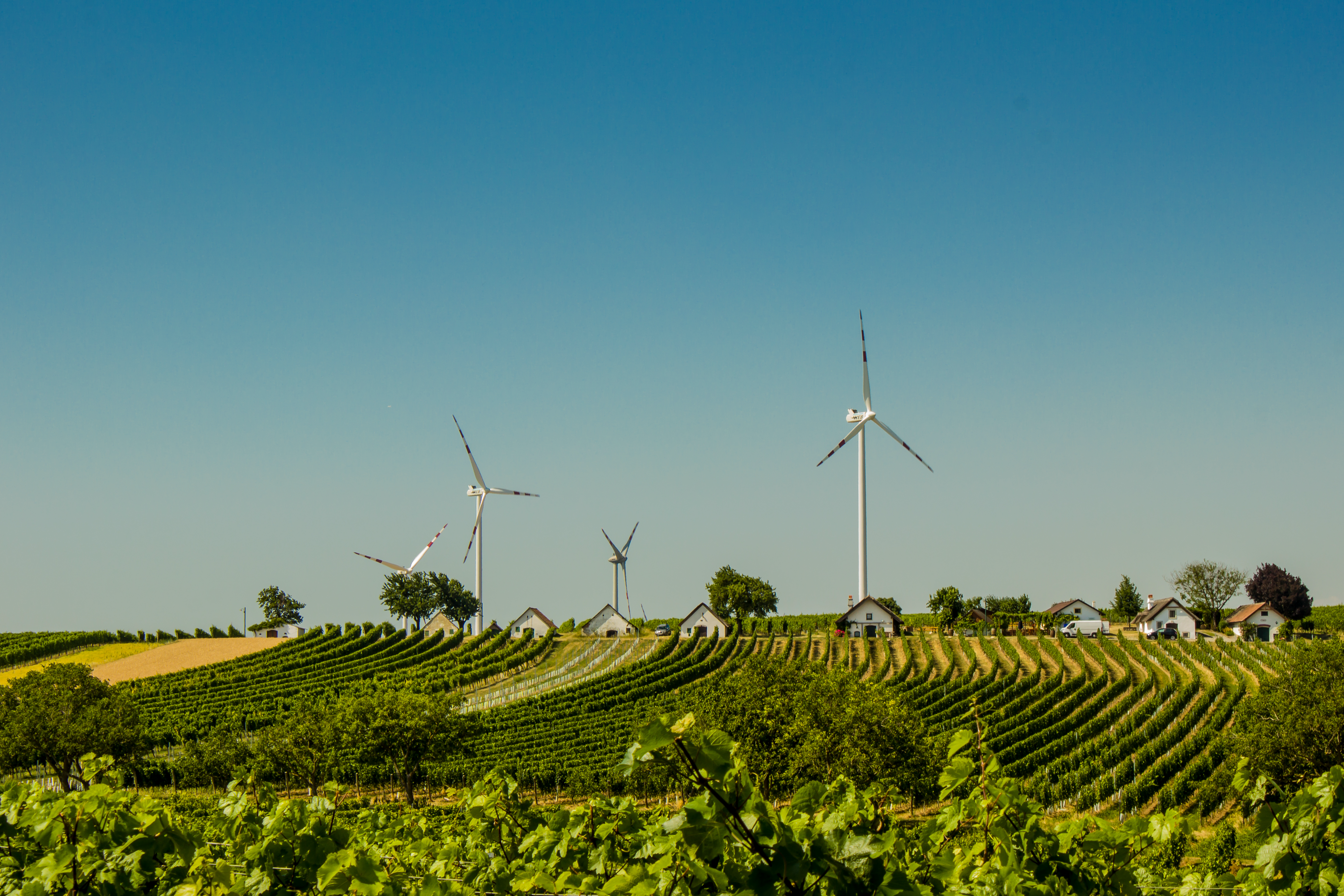When I was working in a wine shop in Berkeley, Cali. in the mid 2000s, I rarely encountered customers shopping for “green” or sustainably produced wines. A few curious wine lovers would seek out organic and biodynamic producers, scanning the back labels for a certification logo such as Demeter, but there was often little to indicate that a wine was sustainable. What a difference a few decades can make. Sustainability is now a hot topic in the wine industry and it’s becoming increasingly important to consumers, especially younger wine drinkers.
As consumers become more aware of the impacts that products and companies can have on the environment, they are growing more mindful of their purchasing habits. According to a report by Nielsen, consumers are looking for companies that are environmentally responsible. In a 2017 global survey conducted in collaboration with The Conference Board, 81 percent of respondents felt strongly that companies should help improve the environment. Millennials were the most supportive with 85 percent finding it extremely or very important that companies implement programs that help the environment. But older generations were not far behind.
When it comes to fine wine the importance of sustainability to consumers varies by country and age group. Fine wine consumers in the U.S. and China are more likely to take the environment into account when purchasing wine, Areni reported in 2021. The study, prepared in collaboration with Mestrezat, surveyed consumers in the U.S., China, The United Kingdom and Hong Kong. It noted that 28 percent of U.S. consumers consider the environment very important when purchasing fine wine, while 25 percent consider it very important. It also found that younger consumers give the environment a little more importance.
With wine lovers seeking out sustainable wines, it has become more important for wineries to be able to convey their commitment to environmental stewardship. Sustainable winegrowing can cover a variety of environmental and social practices. Many wineries in the U.S. and abroad have adopted sustainable farming techniques and are adapting their cellars to be more eco-friendly. Some have installed solar panels to become net-zero consumers of electricity while others are dry farming their vineyards and using cover crops to conserve water. But sustainability also covers practices that are economically viable and socially responsible.
The challenge for wineries is how to present their sustainable principles and practices to consumers. Walk into a wine shop these days or scan a wine list and it’s not always easy to determine if a wine is sustainably made or not. Rob McMillan, executive vice president of Silicon Valley Bank’s wine division, notes in the bank’s 2021 State of the Wine Industry report that for all of the eco-friendly steps a winery might be taking, “little of that shows up in marketing a bottle of wine today, and none of it appears in terminology and graphics the young consumer expects.”
That could change as the field of sustainable wine programs and certifications continues to expand. There are now a variety of programs such as Sustainability in Practice (SIP), Napa Green, and Low Input Viticulture and Enology (LIVE), with many appearing on back labels. Meanwhile, wine industry collaborations like the International Wineries for Climate Action are gaining new members. Each of these programs and certification can have different objectives and mandates, however, often leaving it up to the consumer to understand the differences. And some sustainable producers may not pursue certification.
With the wine industry continuing to grapple with the effects of climate change, the trend toward sustainability—adopting practices that are environmentally, socially and economically responsible—will likely accelerate and remain relevant for the foreseeable future. That means producers, certifications and industry programs will need to develop and foster their sustainable messaging, finding innovative ways to engage and educate consumers if they want to stay ahead of the curve.


